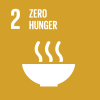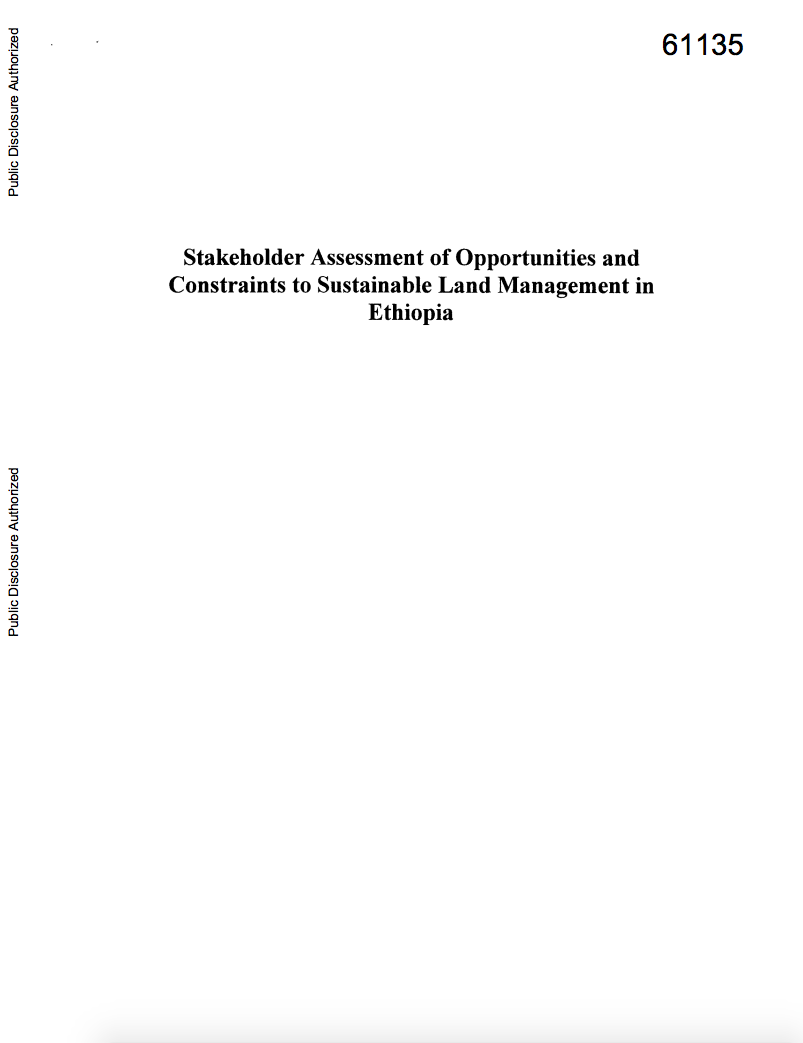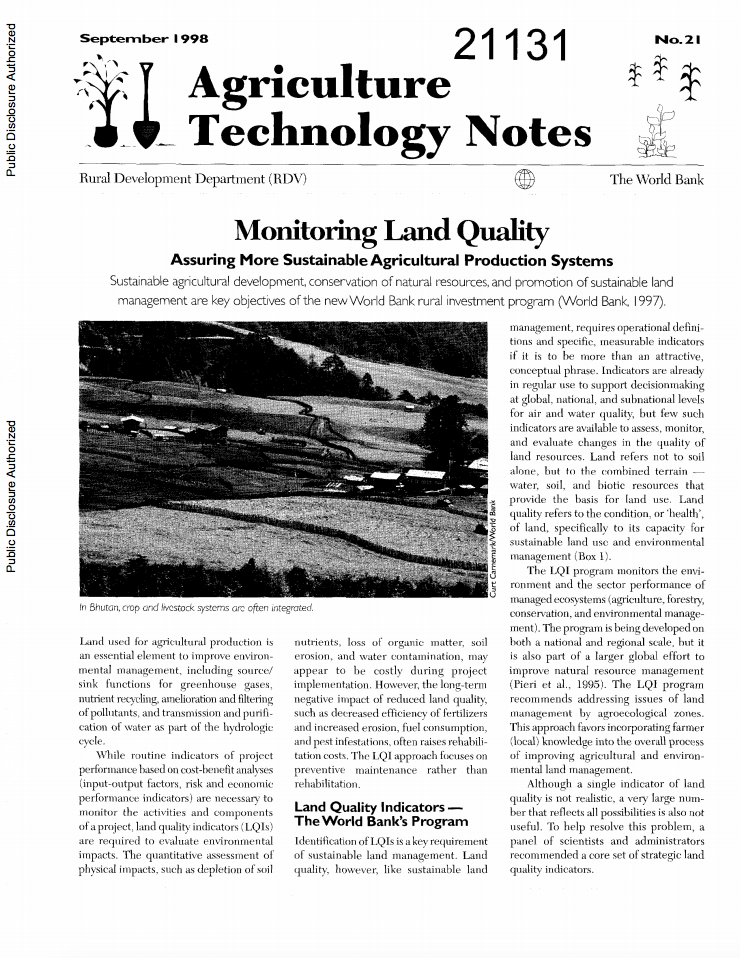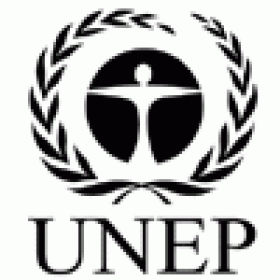
Proportion of agricultural area under productive and sustainable agriculture
Last updated on 1 February 2022
This indicator is currently classified as Tier II. The Food and Agriculture Organization of the United Nations (FAO) is the Custodian agency for this indicator.
Unit of measure: The indicator is unitless, expressing a ratio between area under sustainable and productive agriculture and total agricultural land area (%).
Why is this indicator important?
Harmful, unsustainable agricultural practices from extractive industries, large-scale agricultural producers, and peasants can pose significant risks to people and the environment. While sustainable agriculture was mainly defined by environmental criteria in the past, its economic and social dimension as come to the fore. A farm can only be sustainable if it is well managed and the well-being of those working at the farm is taken into consideration.
The indicator was developed through a multi-stakeholder process to ensure capturing the complex nature of sustainable agriculture.
How is the indicator measured and monitored?
The indicator’s scope centers around the agricultural land area of a farm holding including, extensive crop and livestock production systems, subsistence agriculture, agro-forestry, and aquaculture that takes place within the agricultural land area. Excluded are state and common land that is not used exclusively by farm holdings, pastoral pastures, backyard farming, forestry and aquaculture holdings. Agricultural area is defined as arable land plus land under permanent crops, meadows, and pastures.
The methodology was endorsed in late 2019, including both national farm surveys as a single data collection instrument as well as multi-dimensional data sources. According to the metadata document, data is collected through agricultural surveys or as integrated modules in already existing household surveys (e.g., AGRISurvey and the 50x2030 initiative) organized by national statistical agencies, with support from the Food and Agriculture Organization of the United Nations (FAO) and other international agencies. In addition, sensing, GIS, administrative data, or environmental monitoring systems were further identified as cost-effective instruments.
FAO, together with the Global Strategy to improve Agriculture and Rural Statistics (GSARS), have developed the capacity development material necessary for this indicator, such as a methodological guide, an enumerator manual, calculation document and an e-learning course.
By Anne Hennings, peer-reviewed by FAO.
Other related indicators on Land Portal
As official data is not yet available, the following indicators provide information concerning land area that is under certified organic use or in conversion.
| Indicator | Min-Max Number of years |
Countries / Obs | Min / Max Value |
|---|---|---|---|
| Agricultural area certified organic | |||
| Agricultural area in conversion to organic | |||
| Agricultural land | |||
| Arable Land | |||
| Arable land area certified organic | |||
| Arable land area in conversion to organic | |||
| Arable land organic, total | |||
| Land under perm. meadows and pastures | |||
| Land under permanent crops |
Paginering
Farmer and Farm Worker Perceptions of Land Reform and Sustainable Agriculture in Tajikistan
The objectives of the study are to
assess the impact of operational efforts in farmland
restructuring and sustainable agricultural land management
on vulnerability amongst rural households in Tajikistan; and
to provide context and improve strategies for current
Stakeholder Assessment of Opportunities and Constraints to Sustainable Land Management in Ethiopia
Stakeholders' perceptions of
opportunities and constraints to sustainable land management
in Ethiopia was assessed through interviews and a review of
secondary data. Stakeholders included farmers as well as
representatives of development agencies, agricultural
Monitoring land quality : assuring more sustainable agricultural production systems
Identification of Land Quality Indicators (LQIs) is a key requirement of sustainable land management. They are required to assess, monitor, and evaluate changes in the quality of land resources and environmental impacts. The Land Quality Indicator (LQI) program monitors the environment and the sector performance of managed ecosystems.
Economic and Environmental Perspectives on Sustainable Agriculture Developments
There is a great deal of concern today to ensure that economic development, including agricultural development, is sustainable. It is being increasingly emphasized that this sustainability requires care to be taken of the natural environment.
Lessons from Nature: A guide to Ecological Agriculture in the Tropics
Over millions of years, nature has built up an intricate system of relationship of exchange and mutual dependence among its elements - land, water, air, forest, sunlight and living things - to create what we call the ecosystem. It is the life support system of all living things on this planet and provides not oniy the daily needs but also saves resources for future generations.
Paginering
![]()

By 2030, ensure sustainable food production systems and implement resilient agricultural practices that increase productivity and production, that help maintain ecosystems, that strengthen capacity for adaptation to climate change, extreme weather, drought, flooding and other disasters and that progressively improve land and soil quality
Indicator details
The indicator is conceptually clear, has an internationally established methodology and standards are available, but data is not regularly produced by countries.
Key dates:
FAO Expert meeting for SDG indicator 2.4.1
This workshop brought together technical experts and statisticians to support the methodological work being conducted for SDG indicator 2.4.1.







